Consumer Price Developments in December 2022
Download → Consumer Price Developments in December 2022
Summary
• MAS Core Inflation came in at 5.1% on a year-on-year (y-o-y) basis in December, unchanged from November. o This was because smaller price increases for retail & other goods and electricity & gas were offset by higher inflation for food and services.
• CPI-All Items inflation eased to 6.5% y-o-y in December, from 6.7% in November. o This was mainly due to slower private transport inflation.
• On a month-on-month (m-o-m) basis, core CPI increased by 0.6% while CPI-All Items rose by 0.2%.
• For 2022 as a whole, MAS Core Inflation averaged 4.1%, higher than the 0.9% recorded in 2021. Over the same period, CPI-All Items inflation came in at 6.1%, up from 2.3% in 2021.
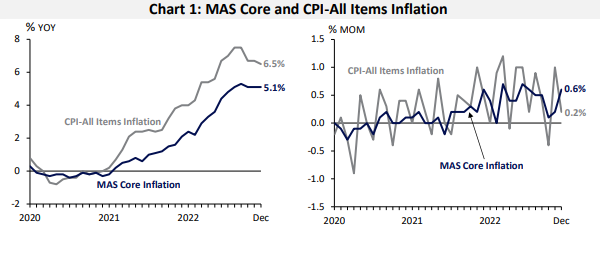
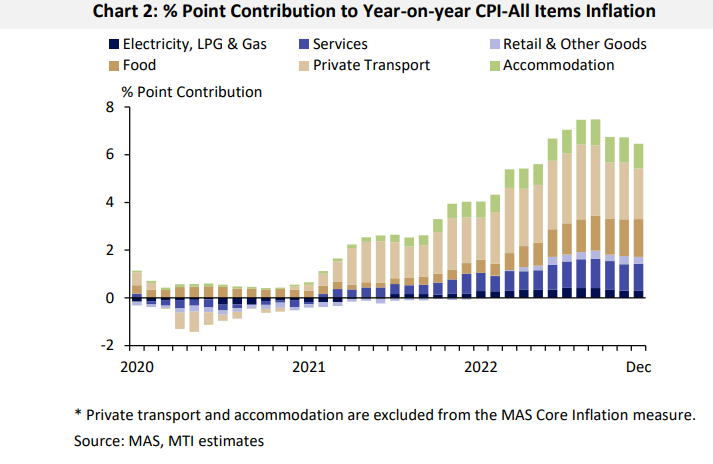
CPI-All Items inflation eased to 6.5% in December.
CPI-All Items

CPI-All Items inflation fell, largely on account of lower private transport inflation.
Private Transport
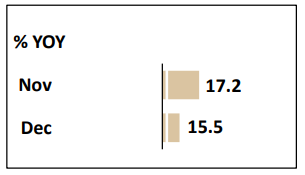
Private transport inflation moderated as car and petrol prices rose at a more gradual pace.
Retail & Other Goods
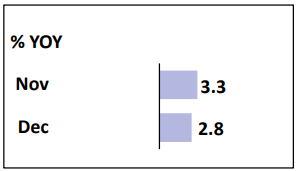
Retail & other goods inflation slowed on the back of a fall in the cost of telecommunication equipment and personal effects as well as smaller increases in the prices of clothing & footwear and household durables.
Accommodation
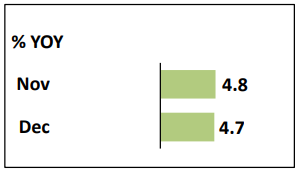 Accommodation inflation edged down as
housing rents rose at a slower pace.
Accommodation inflation edged down as
housing rents rose at a slower pace.
Electricity & Gas
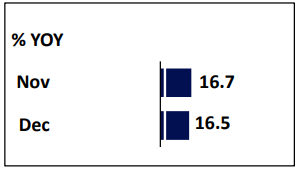
Electricity & gas inflation dipped, reflecting a smaller increase in electricity prices.
Service

Services inflation edged up, mainly because of a larger increase in the cost of holiday expenses. At the same time, telecommunication services fees fell at a slower pace while tuition & other fees rose more steeply.
Food
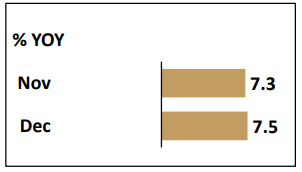
Food inflation picked up, primarily on account of 7.3 higher non-cooked food inflation.
Outlook
Demand conditions in major economies have softened while supply chain frictions have continued to ease. Prices of energy and food commodities had come off the peaks earlier in 2022 but remain elevated. In addition, labour markets in major advanced economies are still tight, keeping wage pressures strong. Overall, as accumulated costs pass through global value chains, Singapore’s imported inflation is expected to remain firm for some time.
On the domestic front, unit labour costs are expected to increase further in the near term alongside robust wage growth. Although electricity tariffs have come down from their peak in Q3 2022, the cost of utilities is likely to remain elevated. As such, businesses are expected to continue to pass through accumulated import, labour and other costs to consumer prices amid resilient demand. Meanwhile, car and accommodation cost increases are likely to stay firm in the quarters ahead on the back of tight COE quotas for cars and strong demand for rental housing, respectively.
Against this backdrop, MAS Core Inflation is projected to stay elevated in the first half of this year before slowing more discernibly in H2 2023 as the current tightness in the domestic labour market eases and global inflation moderates.
For 2023 as a whole, taking into account all factors including the GST increase, headline and core inflation are projected to average 5.5–6.5% and 3.5–4.5%, respectively. Excluding the transitory effects of the GST hike, headline and core inflation are expected to come in at 4.5– 5.5% and 2.5–3.5%, respectively. There are upside risks to the inflation outlook, including from fresh shocks to global commodity prices and more persistent-than-expected external and domestic sources of inflation.























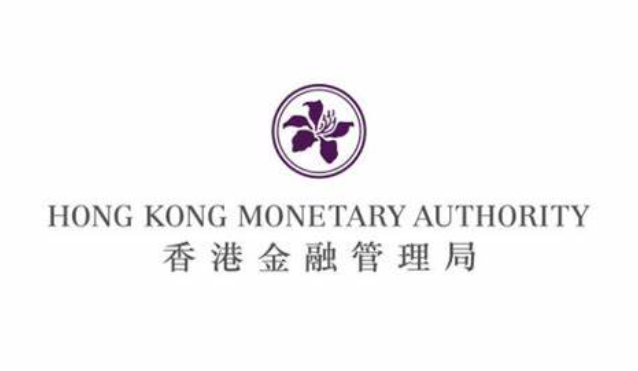
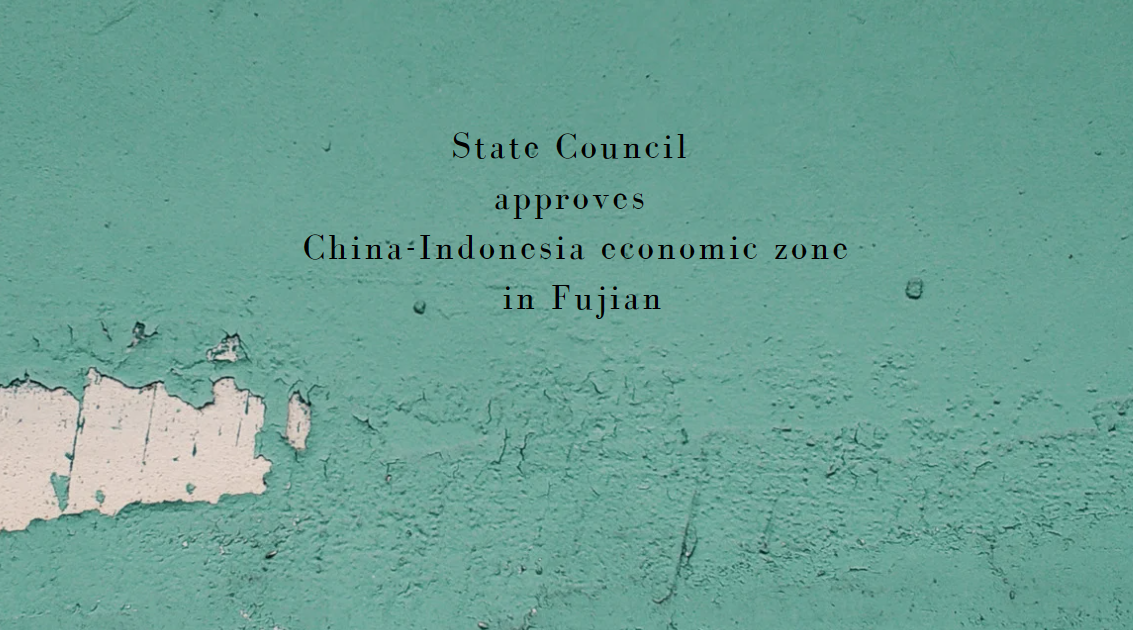
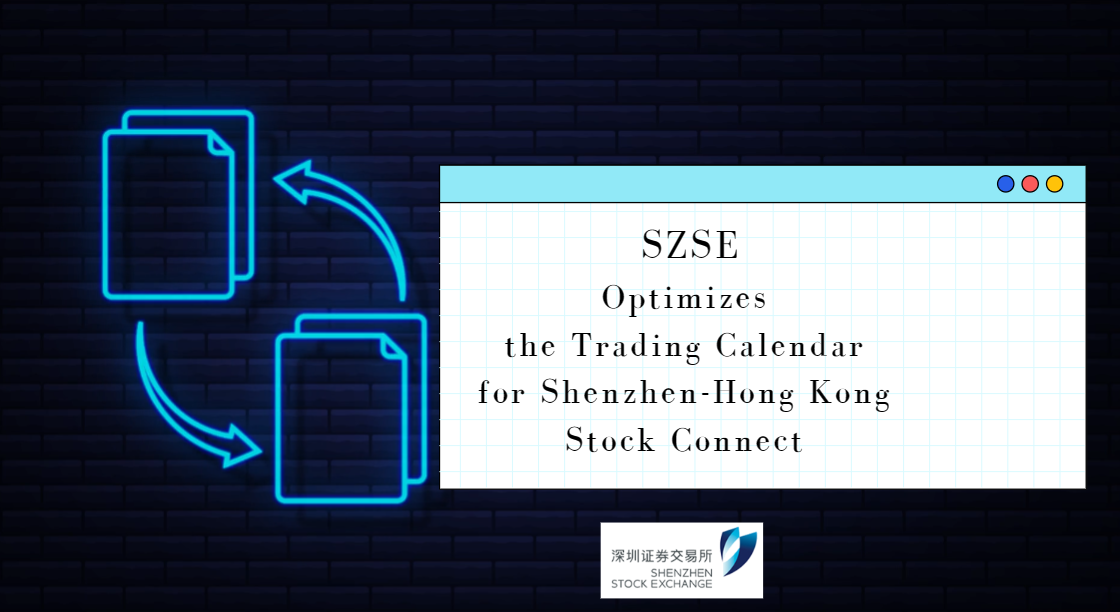
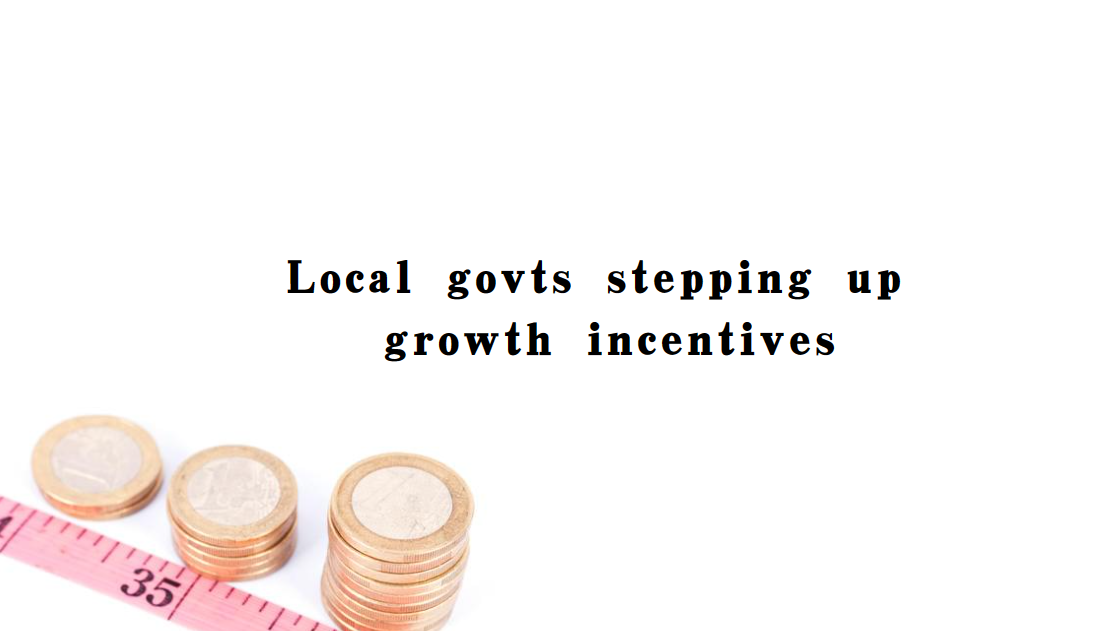




























First, please LoginComment After ~